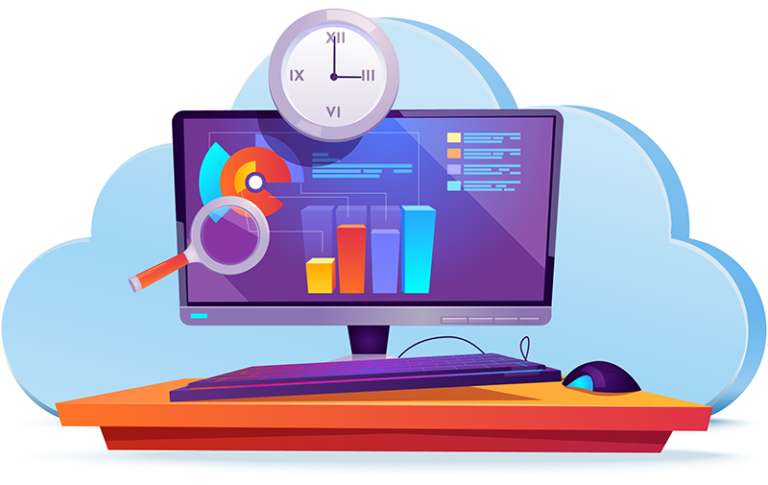Today’s companies are continuing to engage with cloud computing to optimize key performance metrics and making greater investments in the cloud. As a result, they’re seeing not only scalable, reliable and always-available IT infrastructure, but providing better services for end customers.
Let’s discover the main issues which stimulate companies to implement FinOps methodology and principles.

Consequences of a legacy IT infrastructure
The problems of legacy IT infrastructure aren’t just aging servers and outdated software. Some companies have a significant number of combinations of software infrastructure stacks, doubling the complexity and price of maintaining the environment. This problem takes significant time, effort and budget of an IT staff. For instance, labor costs scale as the number of configurations increases. Different teams are required to operate, integrate and maintain disparate infrastructures and configurations.
Implementing an agile, modern infrastructure opens new opportunities by decreasing labor, maintenance and other operating costs. It also frees your team up to deliver new products or services. The key to success is a proper cloud migration strategy, followed by FinOps methodology.
Public cloud consumption growth
There is no better time than now to start implementing cloud technologies and FinOps principles for your business.
Cloud integration is on the rise and businesses are quickly discovering the tremendous benefits that come with it. In fact, 92% of companies have at least a portion of their IT department in the cloud. Compared to 2020, revenue from public cloud will grow by 16% in 2021, and another 15% in 2022. Global cloud spending will grow seven times faster than overall IT spending through this period. There are forecasts that worldwide spending on public cloud services and infrastructure will nearly double, to around $500 billion, by 2023.
It’s not a surprise that well-established public cloud platforms – Amazon Web Services, Microsoft Azure and Google Cloud Platform – will reinforce their leadership in the cloud market in 2021. AWS will confidently stay on top, while MS Azure, GCP, and Alibaba will continue their growth to try to minimize the gap.
Unpredicted cloud bills
When investing thousands of dollars into cloud infrastructure, it is obligatory to be sure that you do so in a proper way. An interesting lesson emerged from 2020 to help one understand the importance of setting up FinOps practice and to avoid budget overruns in future. It was a free trial experiment which ended with a whopping $72,000 bill overnight.
It sounds impossible, but this is the real case of an unpredicted GCP bill. In such circumstances, it’s fair to say that FinOps is a necessity nowadays.
This year, wasted cloud spend is expected to exceed $17.6 billion. More than $11 billion of this wastage is expected from idle resources, while the additional $6.6 billion is attributed to oversized resources. These numbers are often the result of a lack of access to actual data.
Gartner predicts that enterprises that lack cost optimization processes will average 40% overspend in public cloud this year.
With a focus not only on budgets, but also on overall cloud usage and cloud health, any FinOps team can identify patterns in cloud usage, provide real-time optimization insights and prevent significant overspends. Regular cloud cost optimization and management help to constantly analyze your cloud usage and advise how you can get better performance with less cost.
That’s why FinOps has been becoming a mainstream as a foundation of cost-efficient cloud management for several years. Daily usage of FinOps methodology helps to overcome a set of evergreen problems: inaccurate forecasting of evolving bills, overspending for unused cloud resources, non-transparent shared cost, etc. Thus, cloud cost management is important for reasons beyond simple cost control. In particular, good cloud cost management gives businesses the ability to plan for the future, reduce waste, and forecast both their costs and their resource needs.
Managing cloud costs is like creating a solid foundation. Get it right, and all kinds of perfect, long-lasting business processes can be built on top. Get it wrong, and, in the long run, it will cost more and cause a whole heap of trouble. The benefits of a FinOps strategy are clear.

Nick Smirnov, Finops and digital transformation enthusiast, CEO at Hystax

